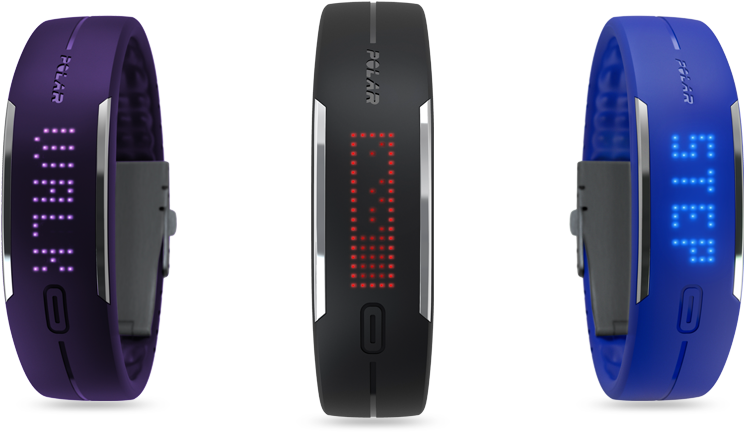Biohacker Summit 2014 brings together a group of top companies from sports, wellness, nutrition, stress management and digital health to exhibit their products and services to biohacking enthusiasts.
Polar, an industry leader in heart rate sensors, activity trackers and wearable sports technology, has decades of experience in a category that has seen rapid growth over the past few years. From physical performance to daily activity and health monitoring, wearables integrate technology seamlessly into our everyday lives and drive a new wave of biohacking as it becomes better known to the general public.

“As wearable technology itself has taken leaps forward, people have become aware of the harmful effects of inactivity and more readily adopt new technologies that help them take care of their health,” said Katja Malkki, Marketing Manager of Polar, about the factors behind the wearables boom. “Smart phones have further speeded up the process as people are able to browse and analyze data on the go.“

V1bes, a sensor kit and app that measures several bio-signals from brain waves to heart rate, sees biohacking as a key factor influencing the future of healthcare. “Biohacking is all about self-diagnostics,” Gustaf Kranck, founder of V1bes, said. “People will increasingly measure, evaluate and store their own health data. When they need to seek for care, they can share the data directly with their doctor.”
Wearables contribute to big data
Wearables benefit biohackers above all by contributing to their big data – a large collection of information that can be mined for useful insights. V1bes, for example, helps users measure and understand how the human bio-electric fields influence their health. By detecting very subtle voltage fluctuations between the sensors’ skin electrode and antenna electrode, V1bes sends data about brain waves, muscle activity and electromagnetic pollution to a smart phone. The data can be used for stress management, self-diagnostics or simply for fun.

Some of the more common measures of wearables include heart rate, step count and energy consumption, which are typically used in tracking sports performance and physical activity. Polar launched its activity tracker Polar Loop last year, and has since integrated the Loop technology to all new products, including the latest GPS sports watches V800 and M400. “This reflects the importance of self-monitoring in our strategy. We want to provide users with the possibility to track their activity across platforms, at all times of the day,“ Katja Malkki of Polar summed up.
You can meet V1bes and Polar at Biohacker Summit next Wednesday, December 10, 2014. Company stands are open for visitors throughout day.


Leave a Reply